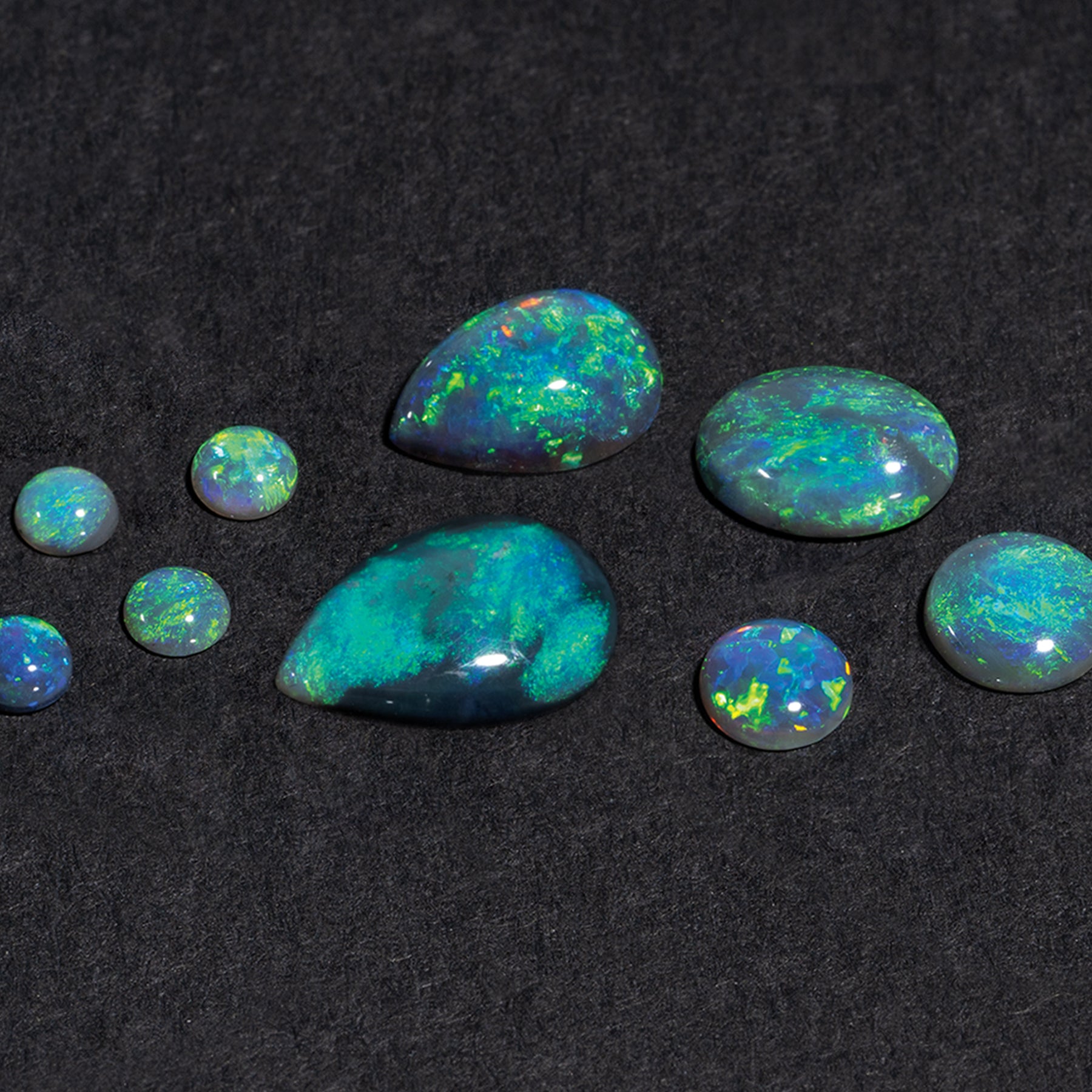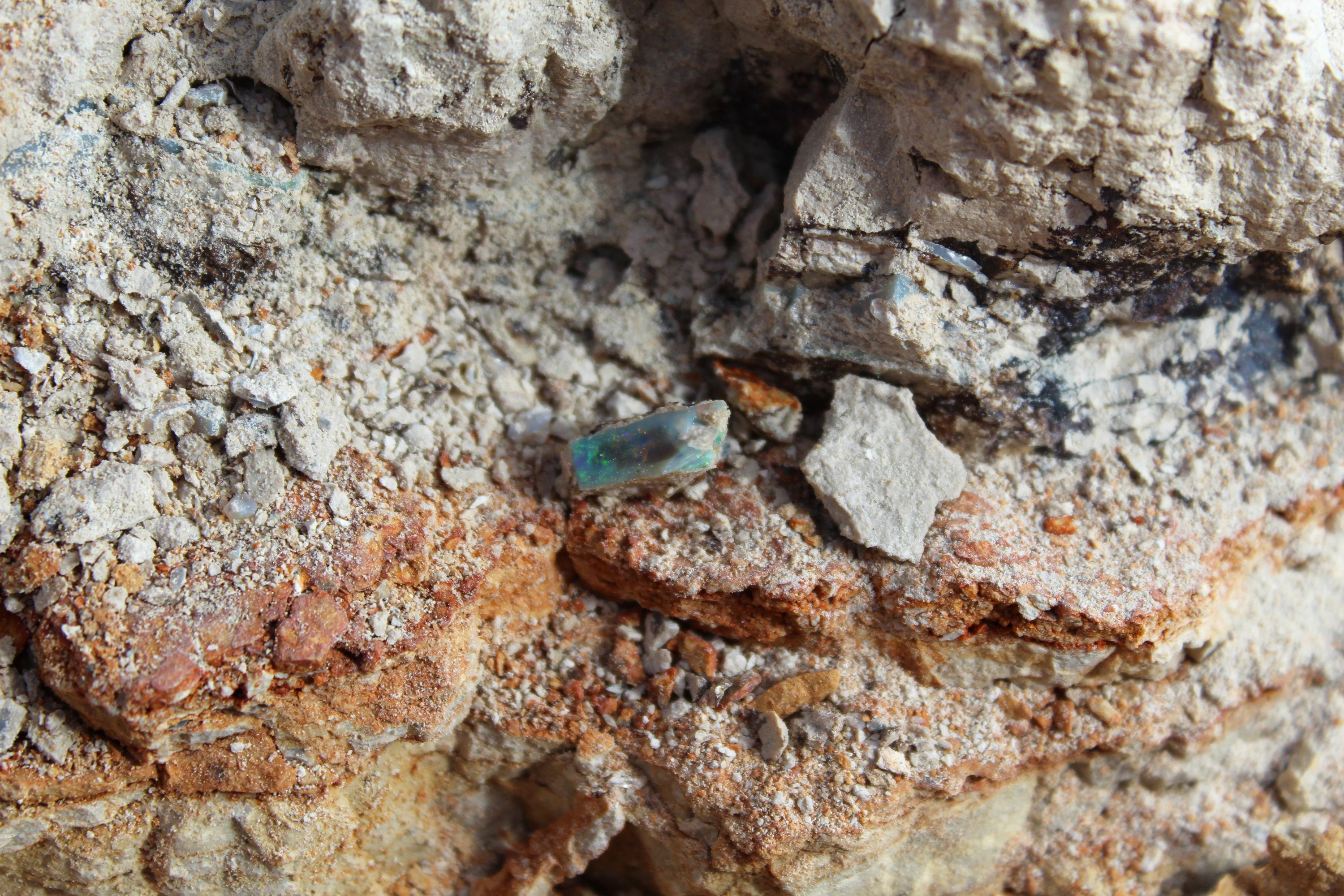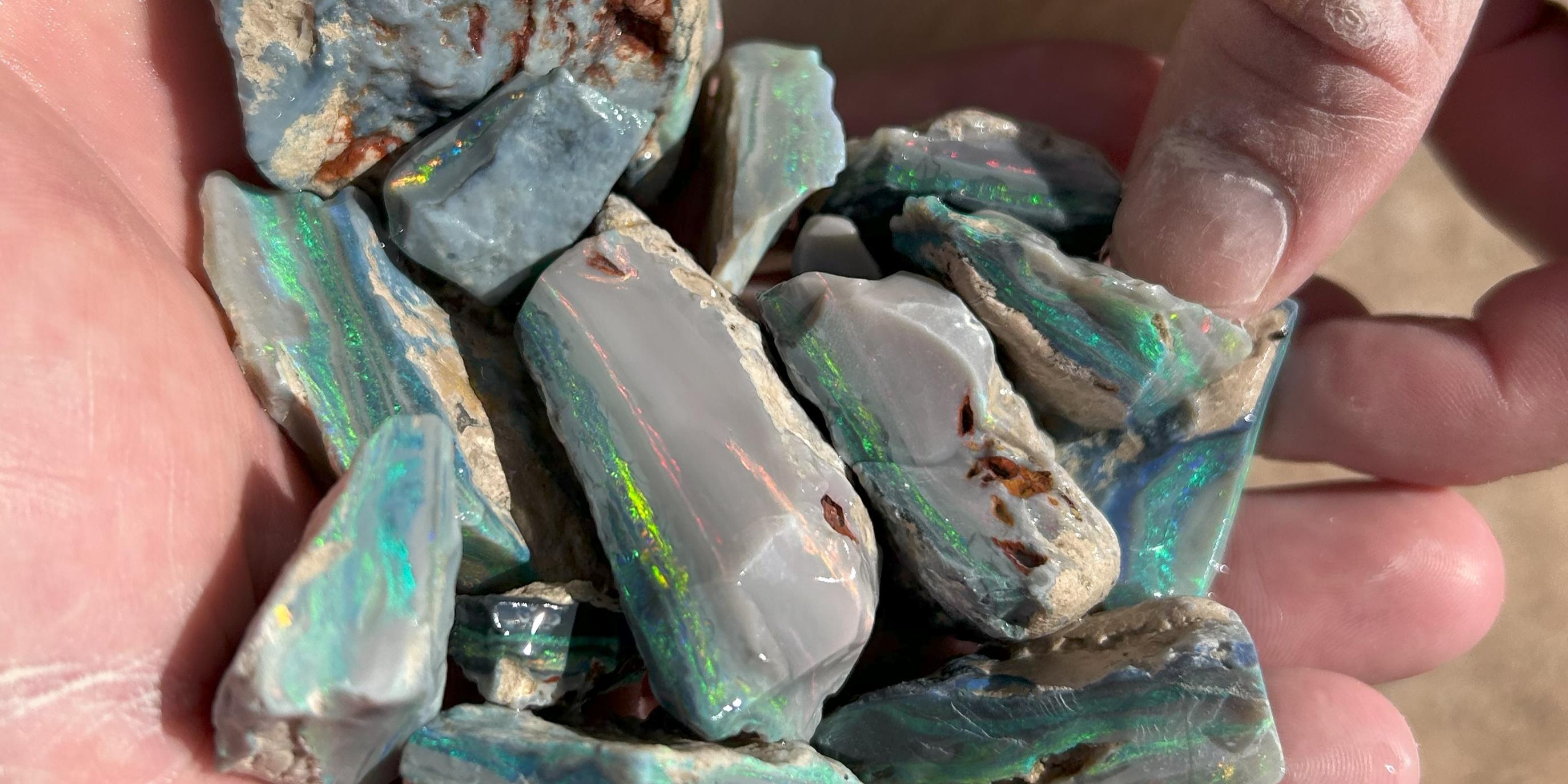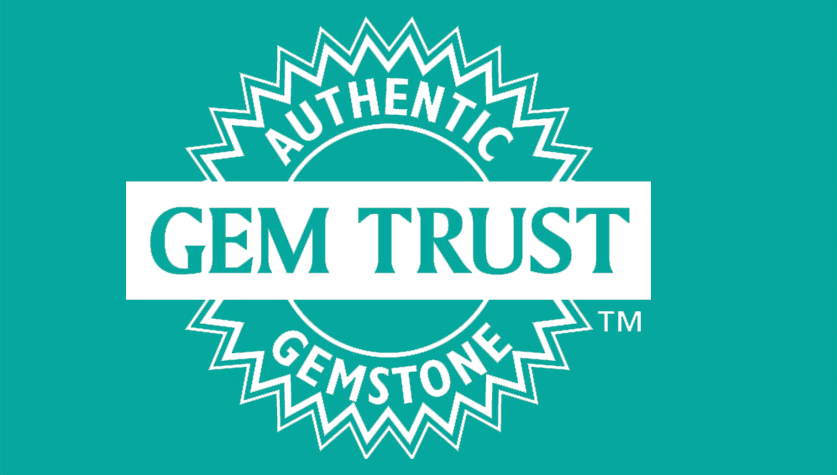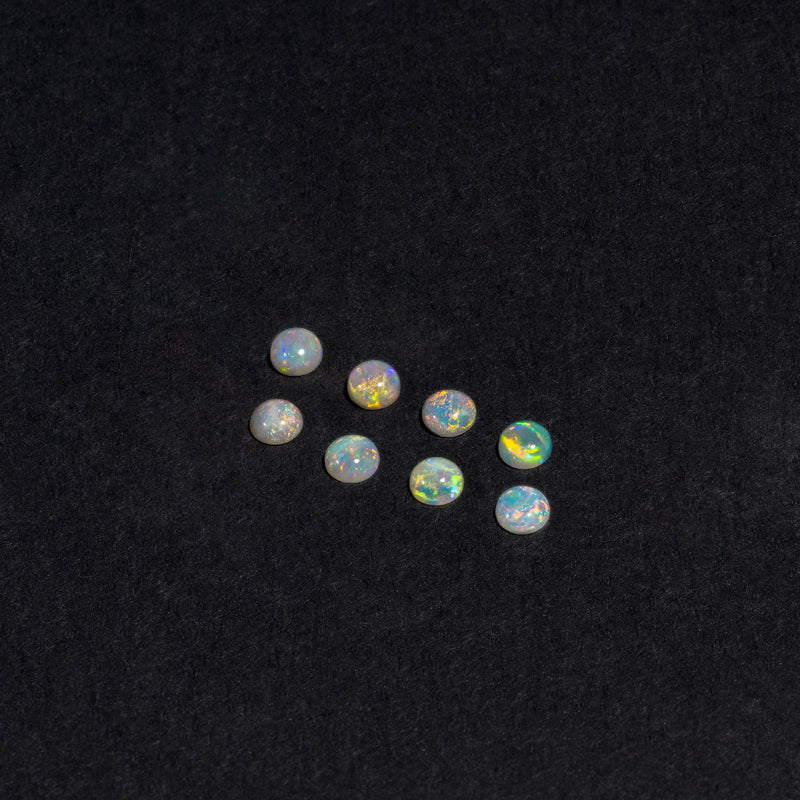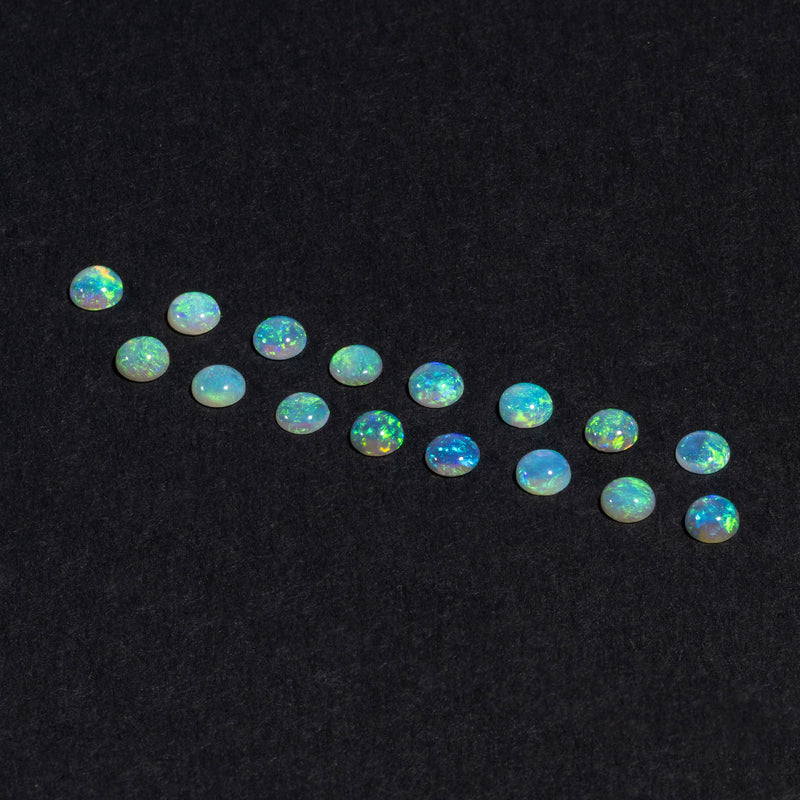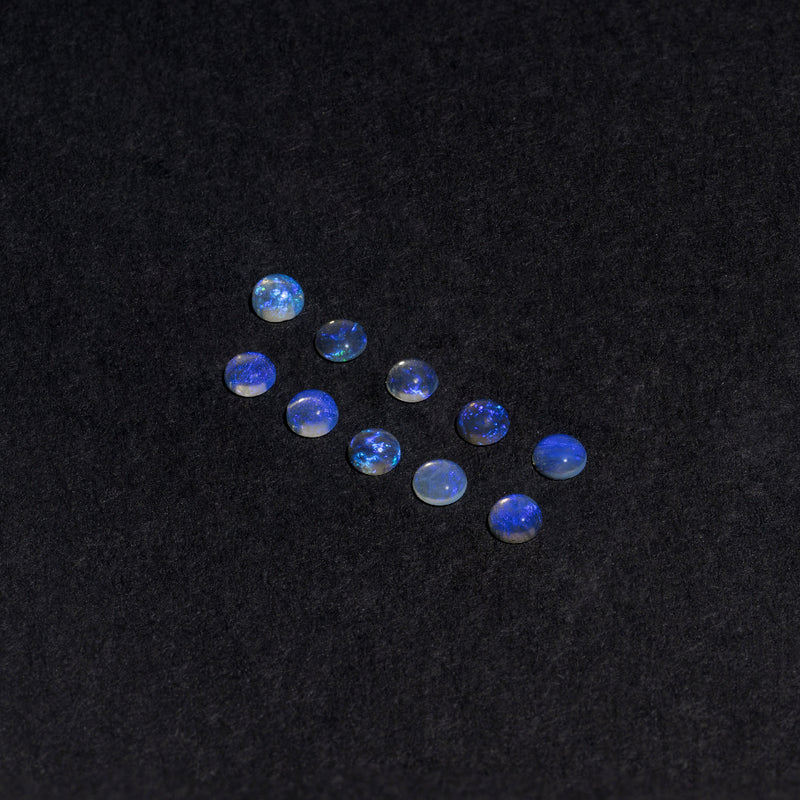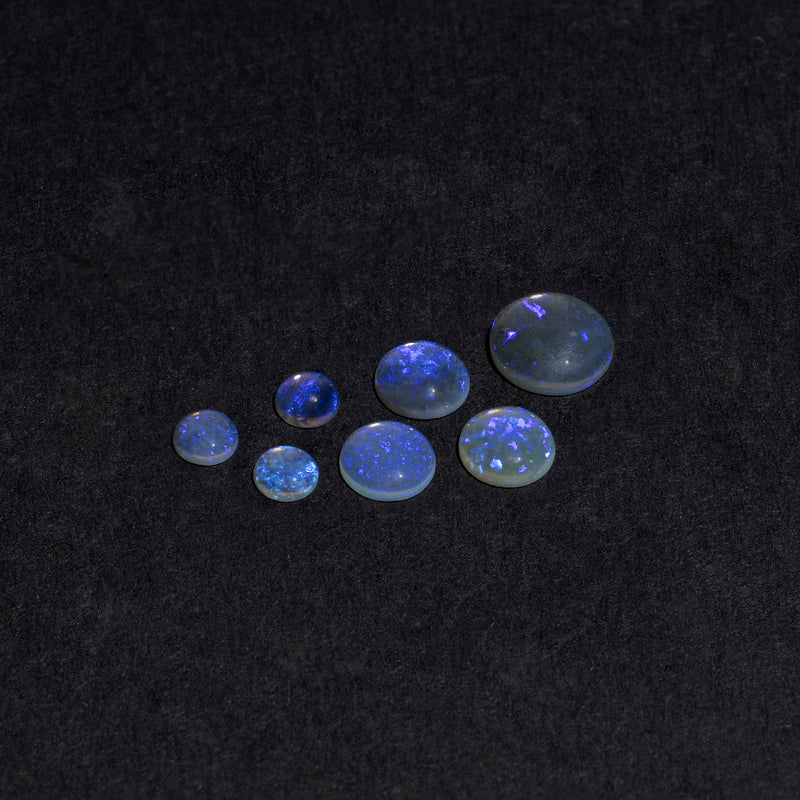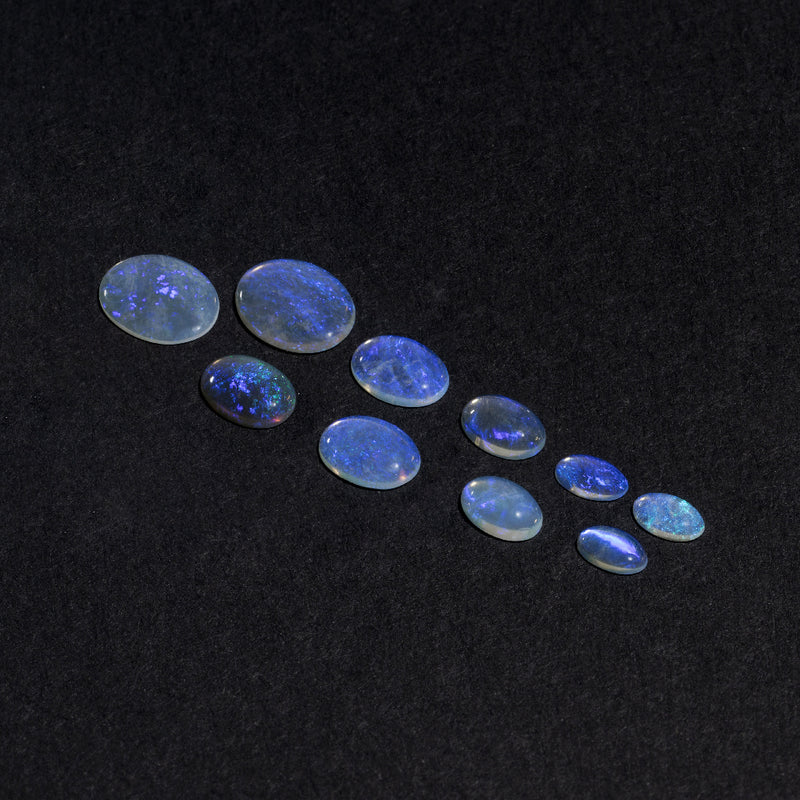Can you tell us a little about the source of this material?
Located in the northern New South Wales region of Australia, Lightning Ridge is world-renowned as the primary source of black opals. Mined for over a century, this area remains the best-known and most prolific source for these precious gemstones. The opals are found in the ancient, dry, and rocky plains surrounding the town of Lightning Ridge.
Lightning Ridge is a small town situated in the northern part of New South Wales, Australia, about 500 miles northwest of Sydney. Nestled in the Outback, the region is characterized by vast, arid plains, red dirt, and craggy hills that stretch as far as the eye can see. The landscape is marked by rugged, desert-like terrain, dotted with scrubby bushes, sparse native trees, and occasional dry creek beds. It’s a land where the sun beats down relentlessly during summer, and winter nights get surprisingly cold. Without the opal deposit, the town would not exist. There is folklore story that the name Lightning Ridge originated from a shepherd being struck by Lightning along with his dog and 200 sheep on the ridge. Whether the story is true or not is a mystery, but it certainly adds to the mystique of the town!
There are various places in Australia where other types of opal can be found such as Cooper Pedy in South Australia, which is known for its white opal, and Western Queensland known for its boulder opal. Lightning Ridge is the only known deposit in the world with black opal.
We work directly with another family-operated team, Cheal Opal, to source our Lightning Ridge Opals. When we first met the Cheal Opal team, we knew there would be great synergy. Not only do we share the same values of ethics and transparency, but we also both have what Cheal Opal likes to call "opal fever." Our owner Eric’s daughter, Natasha, even jokingly told him, "If you get to pick all your favorite stones to source, then I should get to pick mine too!" And for her, that’s Lightning Ridge opal.
The deep commitment to ethical sourcing, the multigenerational bond we share, and our mutual love for these incredible gems all played a part in our decision to partner with Cheal Opal.
What kinds of sizes, shapes and cutting styles can be found?
There are two formation types that Lightning Ridge opal are found in: Seam opal and Nobby opal. Seam opal is predominantly found in the Grawin opal fields and is formed in cracks or crevices that have opened in the ground over time. Finding a big seam is often referred to finding a ‘plate’ as it can get to the size of a dinner plate! Nobby opal is predominately found in the Coocoran opal fields and forms in little pieces, generally smaller than a pea, and form in clusters almost like grapes. While very rare, you will even find some nobby opal pieces as large as a fist. Hitting a cluster of nobbys is referred to getting a ‘pocket’. Fossils are also found in the area, anything from small crustations to dinosaur bones. In some rare cases, these fossils can even be opalized!


